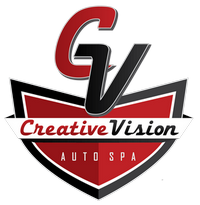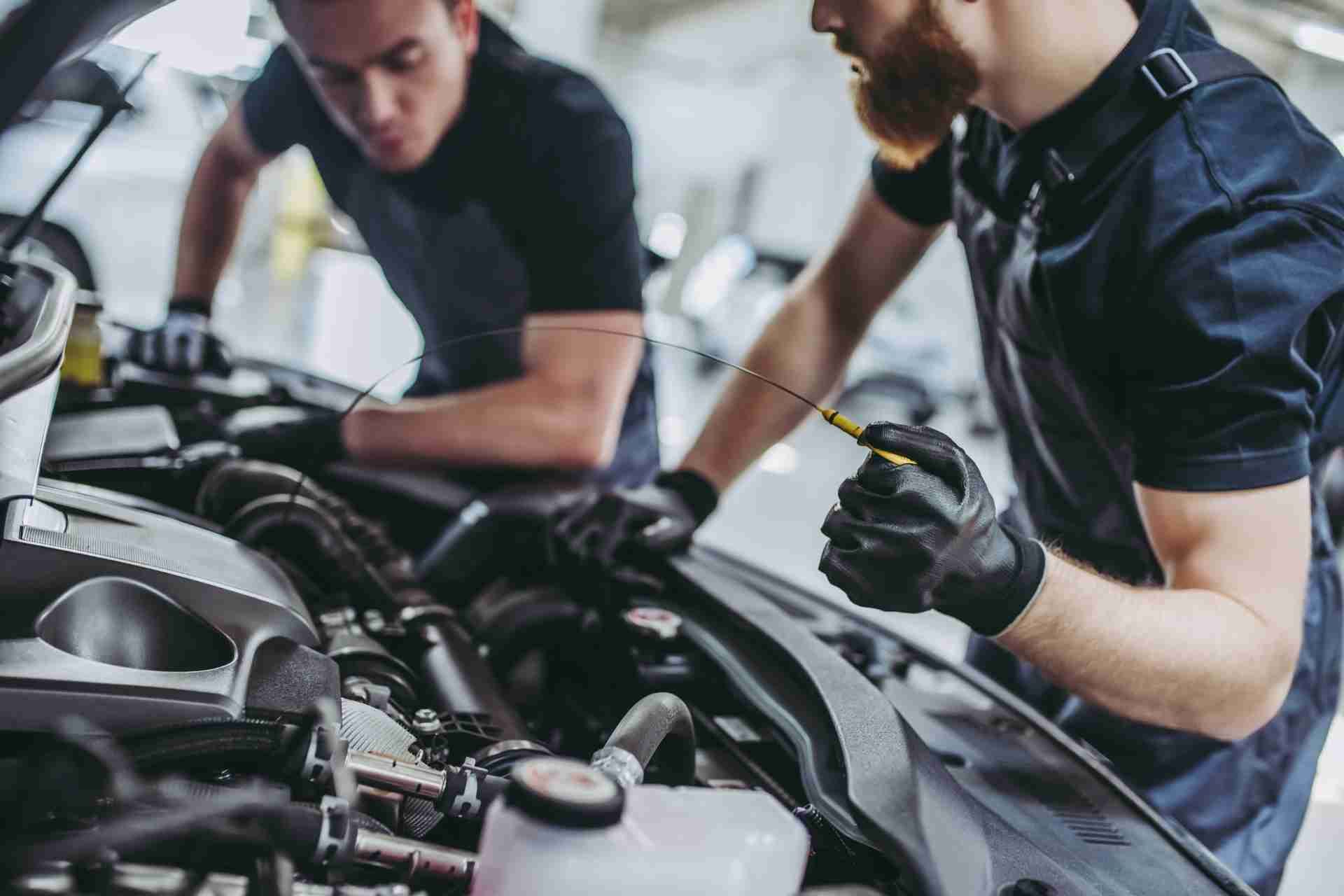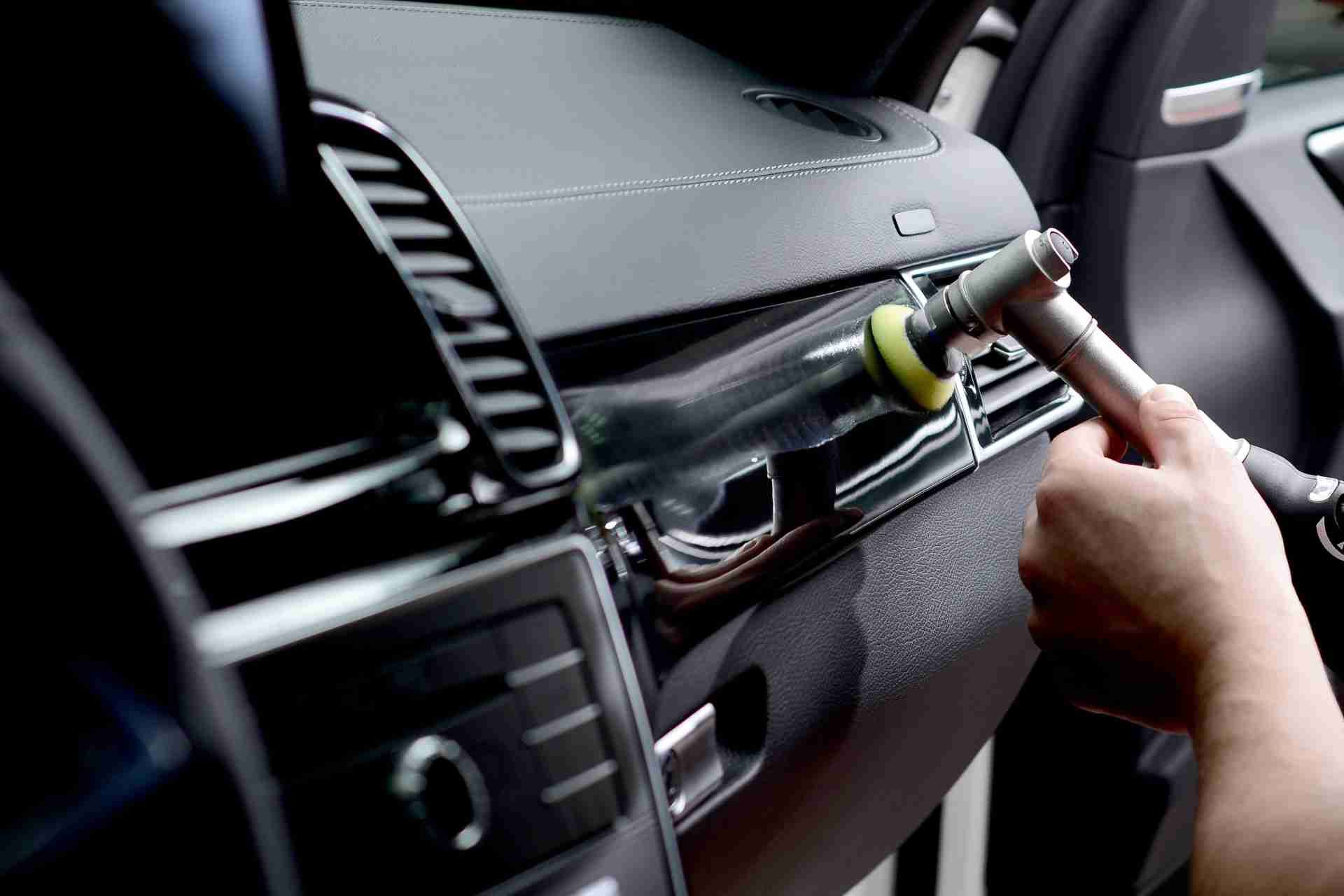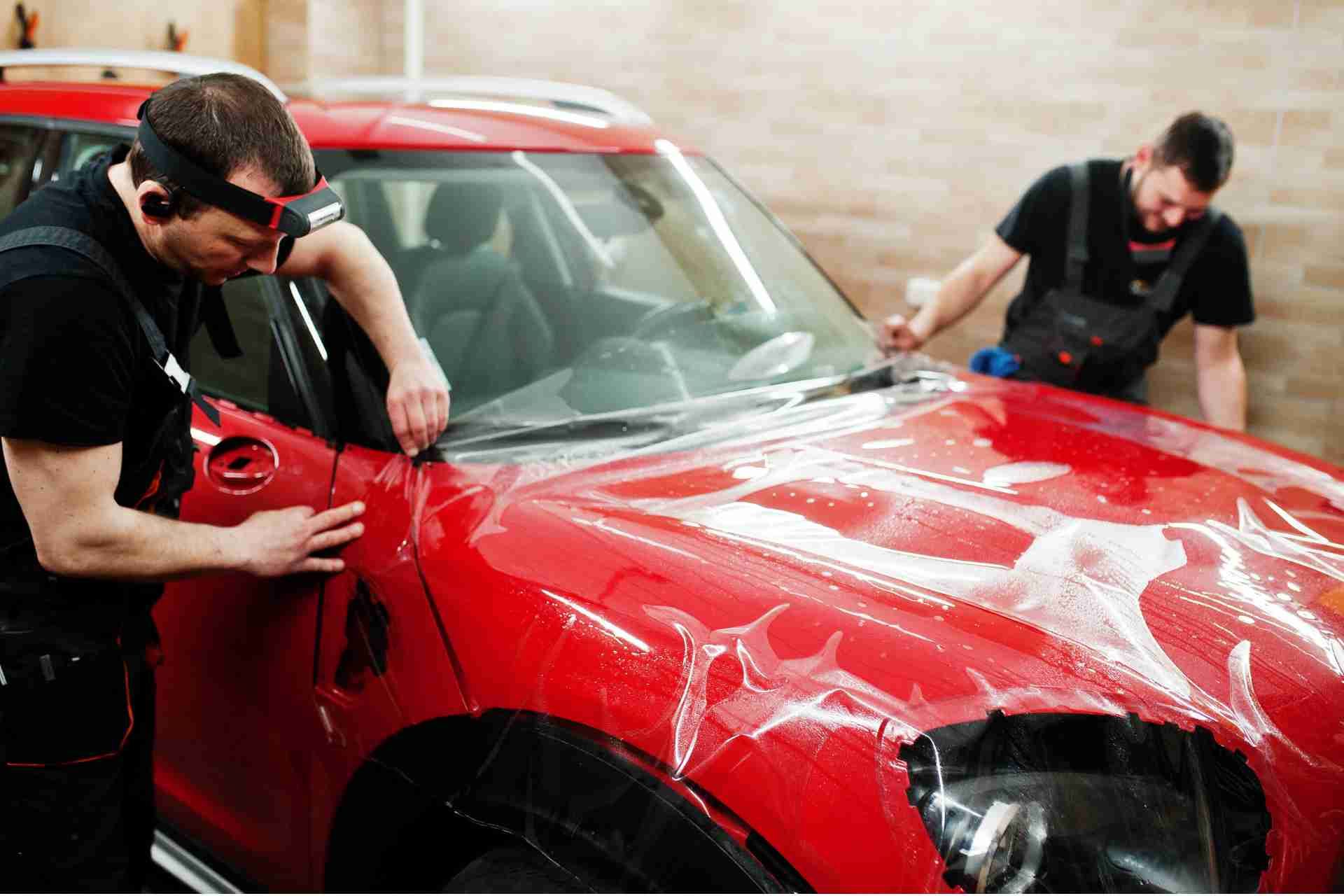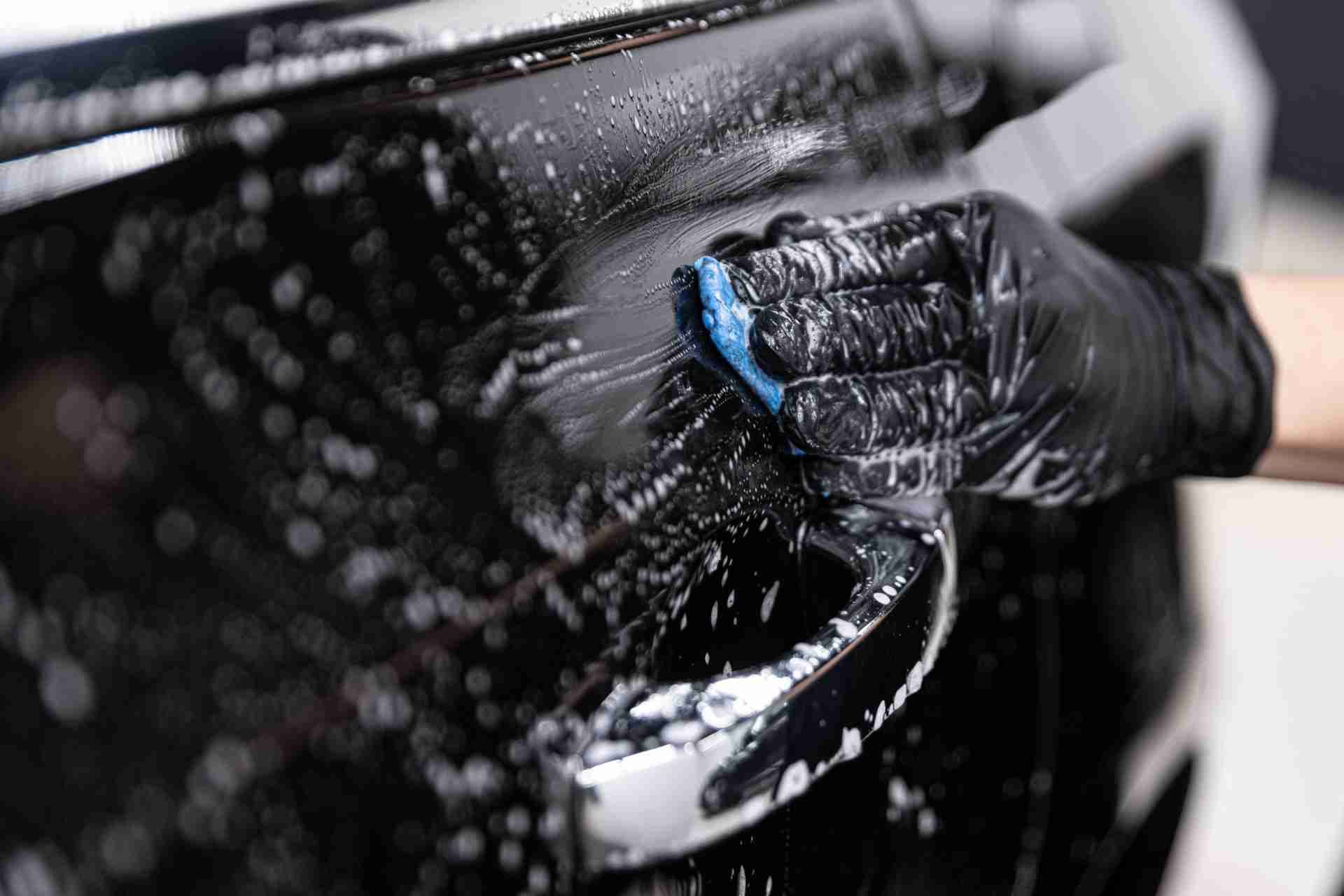How Long Does Headlight Restoration Last?
Headlight restoration is a popular method for improving visibility and the aesthetic appearance of a vehicle. Over time, headlights can become cloudy or yellowed due to oxidation, UV exposure, and environmental contaminants.
Restoring them can bring back their clarity and effectiveness. However, the longevity of headlight restoration depends on several factors, including the restoration method used, environmental conditions, and maintenance practices.
Here’s a comprehensive guide on how long does headlight restoration last and what you can do to extend its effects.
Factors Affecting the Longevity of Headlight Restoration
Restoration Method
- DIY Kits: These often include sanding, polishing, and applying a UV sealant. They can last anywhere from 6 months to 1 year, depending on the quality of the kit and the thoroughness of the application.
- Professional Restoration: This typically involves more advanced techniques and higher-quality products. Professional restorations can last from 1 to 3 years, sometimes even longer with proper care.
Environmental Conditions
- UV Exposure: Prolonged exposure to sunlight can cause the restored headlights to degrade more quickly. UV rays are a significant factor in headlight oxidation.
- Weather Conditions: Harsh weather conditions such as heavy rain, snow, and extreme temperatures can also impact the longevity of the restoration.
Maintenance Practices
- Regular Cleaning: Keeping the headlights clean and free from dirt and grime can help maintain their clarity.
- UV Sealant Reapplication: Applying a UV sealant periodically can protect the headlights from UV damage and prolong the effects of the restoration.
Tips to Extend the Life of Headlight Restoration
Headlight restoration is a cost-effective solution to improve the appearance and performance of your headlights. However, to ensure the longevity of the restoration, there are a few tips you can follow.
1. Use a UV protective coating
After restoring your headlights, it is essential to apply a UV protective coating to prevent them from yellowing and fading again. This clear coat helps to shield the headlights from harmful UV rays and maintain their clarity for a longer period of time.
2. Regularly clean your headlights
Dirt, grime, and other contaminants can build upon your headlights over time, affecting visibility and overall appearance. To prevent this, make sure to regularly clean your headlights using a gentle car wash soap and a microfiber cloth. Avoid using harsh chemicals or abrasive materials that can damage the restoration.
3. Avoid parking in direct sunlight
Exposure to sunlight can accelerate the yellowing and fading of your headlights. Whenever possible, park your car in a shaded area to protect your headlights from UV rays. If parking in direct sunlight is unavoidable, consider using a car cover or UV protection film to shield your headlights.
4. Avoid using high-pressure car washes
High-pressure car washes can damage the protective coating on your headlights and cause the restoration to deteriorate faster. Instead, hand wash your car or opt for a touchless car wash to protect the longevity of your headlights.
5. Consider investing in headlight covers
If you want to provide extra protection for your headlights, consider investing in headlight covers or guards. These covers can shield your headlights from debris, rocks, and other road hazards, helping to preserve the restored condition.
Signs That Your Headlights Need Another Restoration
Over time, however, your headlights can become clouded, yellowed, or scratched, reducing their effectiveness. If you have already restored your headlights once but are starting to notice reduced visibility again, it may be time for another restoration. Here are some signs that your headlights may need another restoration:
- Reduced brightness: One of the most obvious signs that your headlights need attention is reduced brightness. If you find yourself straining to see the road ahead at night, or if other drivers flash their lights at you because your headlights are too dim, it may be time for another restoration.
- Cloudiness or haziness: A common issue with headlights that have not been properly maintained is cloudiness or haziness on the lens. This can happen due to oxidation, UV exposure, or other environmental factors. If your headlights look foggy or have a yellowish tint, it's a clear sign that they need attention.
- Scratches or damage: If your headlights have visible scratches, chips, or other damage on the lens, it can affect the quality of the light output. Not only does it look unsightly, but it can also create glare and reduce visibility. A restoration can help smooth out the surface and improve the light output.
- Water or condensation inside the lens: If you notice water or condensation inside the lens of your headlights, it can indicate a sealant issue or damage to the lens. This can lead to electrical issues, as well as reduced visibility. A restoration can help address the problem and prevent further damage.
- Failed inspection: If your headlights fail a vehicle inspection due to poor visibility or lack of effectiveness, it's a clear sign that they need attention. Ignoring this issue can not only put your safety at risk but also result in citations or fines.
Restore your Deadlight with CV Mobile Auto Spa
CV Mobile Auto Spa is a mobile auto detailing service that specializes in restoring headlights to their former glory. Their team of experts uses a proven method to remove the foggy and yellowed layer from your headlights, leaving them looking like new again. Not only does this improve the overall appearance of your car, but it also enhances your visibility at night, making for a safer driving experience.
So if you're noticing that your headlights are looking a little worse for wear, don't hesitate to
contact CV Mobile Auto Spa for a headlight restoration. With their expertise and convenient mobile service, you can have your headlights looking like new in no time.

